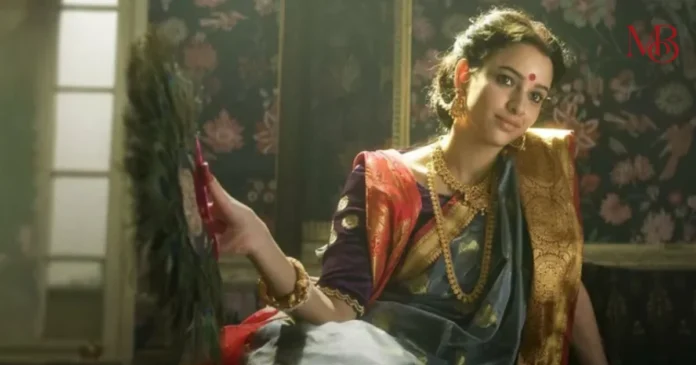When we think of sarees, we don’t just picture a garment, we imagine centuries of tradition, artistry, and cultural pride woven into six yards of elegance. Across South Asia, sarees are more than attire; they are living symbols of identity and craftsmanship. But did you know that some of these weaving traditions are so unique and historically important that these are the sarees that are UNESCO protected.
UNESCO (United Nations Educational, Scientific and Cultural Organization) grants recognition under its Intangible Cultural Heritage of Humanity list, safeguarding cultural practices, skills, and traditions. In the world of sarees, this recognition is both a mark of pride and a lifeline for weaving communities.
Let’s explore the sarees that have earned this global recognition, and others that are waiting in line for UNESCO’s embrace.
The Crown Jewel: Jamdani Sarees (UNESCO-Listed)
The Jamdani sari, traditionally woven in and around Dhaka (Bangladesh) and parts of West Bengal (India), is the only saree weaving tradition that has made it to UNESCO’s Intangible Cultural Heritage of Humanity list (2013).
What Makes Jamdani Special?
- Weaving Technique: Made of fine cotton, Jamdani sarees use a discontinuous weft technique. Each motif, floral, geometric, or abstract, is painstakingly woven by hand into the fabric. This makes every saree unique.
- Floating Motifs: The intricate designs appear as though they “float” on the sheer fabric, giving Jamdani sarees a dreamlike charm.
- Community Craft: The weaving is not just about fabric, it is a community tradition involving spinners, dyers, loom dressers, and artisans. Knowledge is passed from master to apprentice, binding generations together.
- UNESCO’s Role: Recognition brought global attention to Jamdani, helping to protect the craft, improve marketing opportunities, and enhance the dignity of weavers.
Wearing a Jamdani isn’t just a style statement, it’s like draping a piece of world heritage.
UNESCO’s Tentative List: India’s Saree Weaving Clusters
While Jamdani is officially recognised, India has proposed the “Iconic Saree Weaving Clusters of India” as a tentative UNESCO World Heritage site. This nomination, made in 2014, highlights weaving traditions that blend local culture, architecture, and artistry.
Featured Clusters:
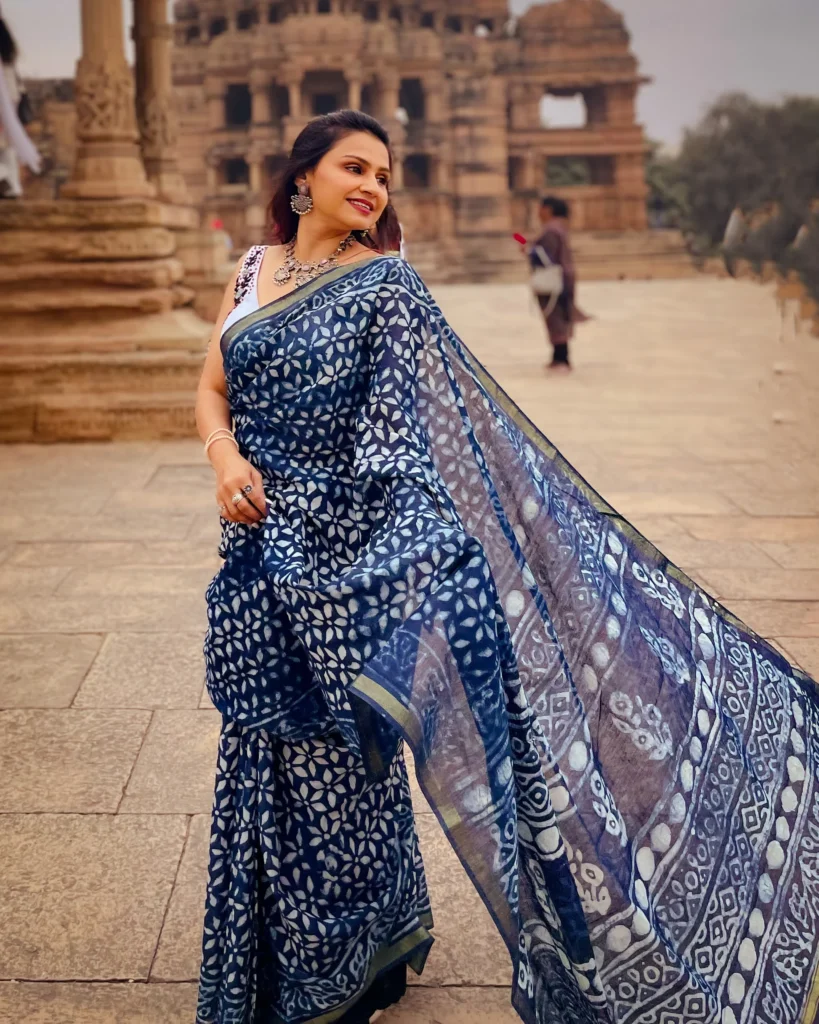
1. Chanderi (Madhya Pradesh) – Delicate cotton and silk sarees with motifs inspired by local architecture.
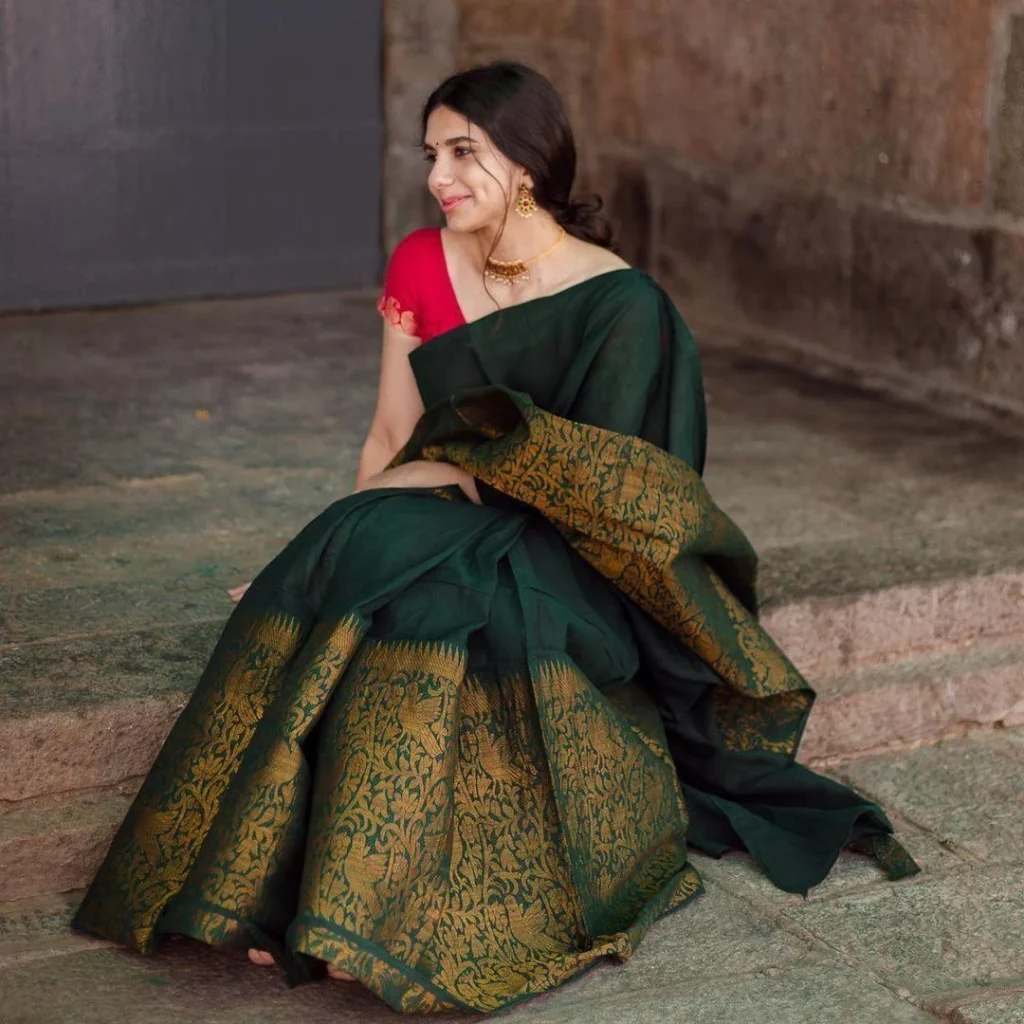
2. Banaras/Varanasi (Uttar Pradesh) – Famous Banarasi brocade sarees, renowned for zari and intricate handwork.
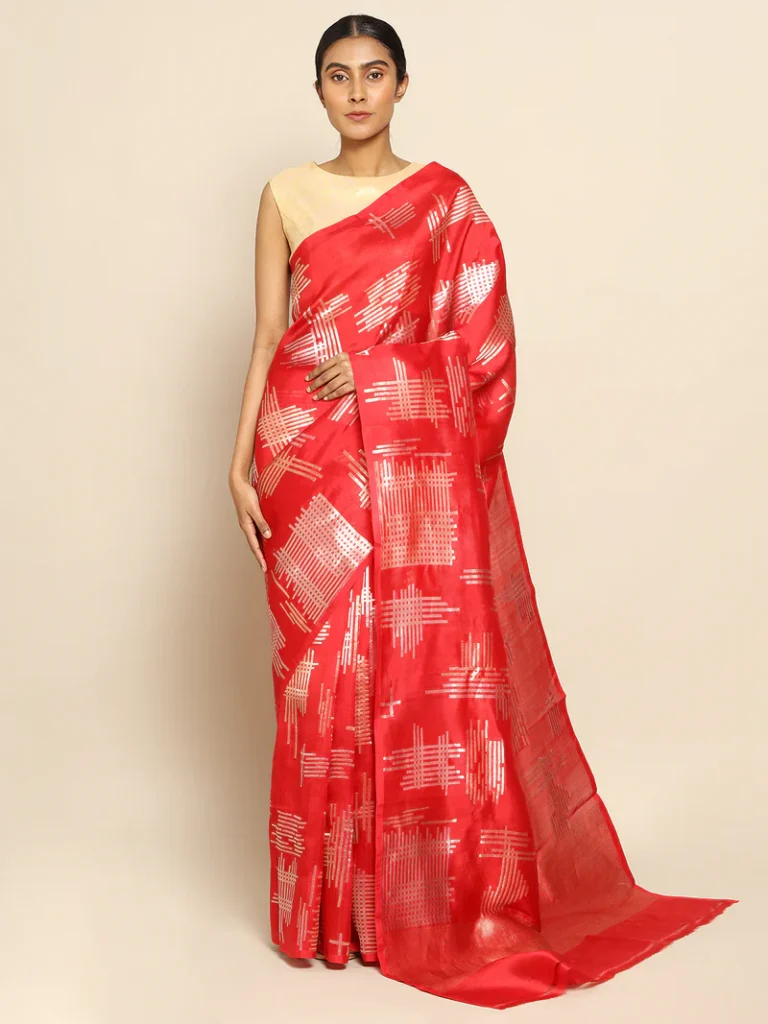
3. Mubarakpur (Uttar Pradesh) – A weaving hub for fine silk and Banarasi styles.
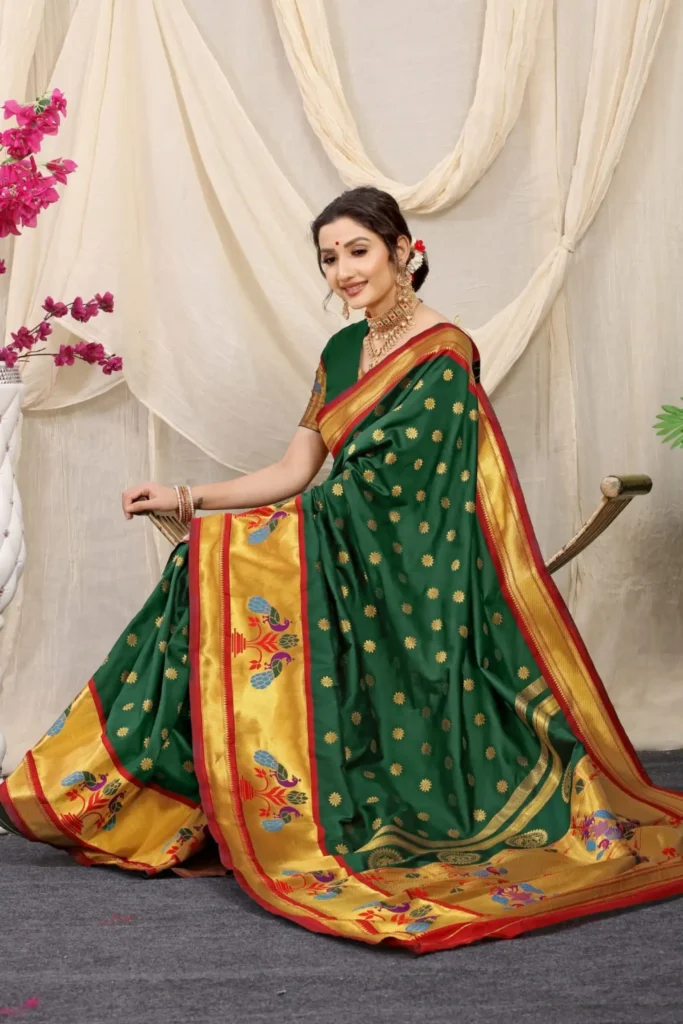
4. Paithan & Yeola (Maharashtra) – Home of the luxurious Paithani sarees, woven with silk and gold threads.
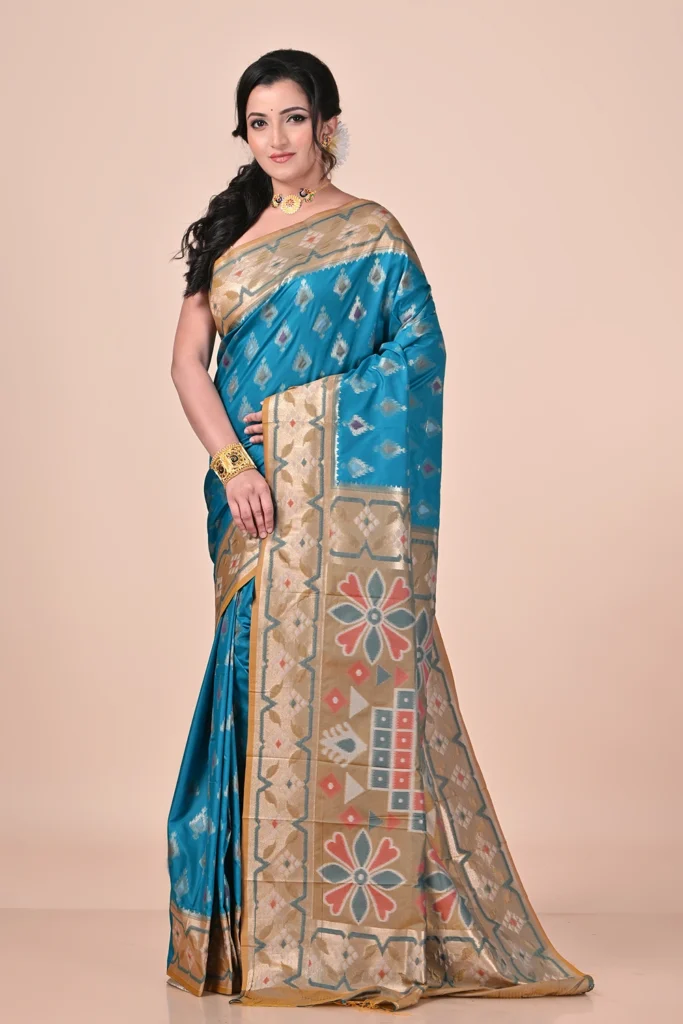
5. Pochampally (Telangana/Andhra Pradesh) – The land of Ikat sarees, with their striking geometric patterns.
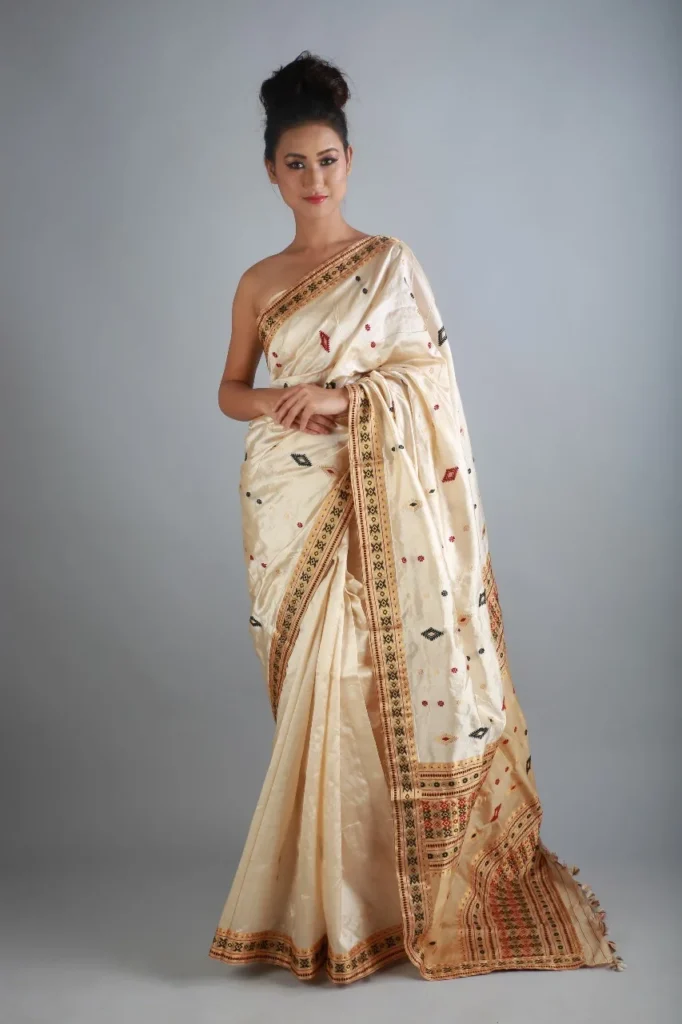
6. Sualkuchi (Assam) – Known as the “Manchester of the East,” it produces Assam’s prized Muga silk sarees.
If granted full UNESCO recognition, these saree clusters would join Jamdani in the global spotlight, strengthening the handloom sector and honouring India’s cultural diversity.
Beyond UNESCO: GI-Tagged Sarees of India
Not all heritage crafts are listed by UNESCO, but many sarees have Geographical Indication (GI) tags, which also protect regional identity and craftsmanship. Some famous examples include:
- Gadwal Saree (Telangana) – Lightweight and foldable into a matchbox, with a silk border and zari pallu.
- Baluchari Saree (West Bengal) – Silk sarees that narrate mythological tales through woven motifs.
- Korial Saree (West Bengal) – Elegant white mulberry silk with red borders.
- Kandangi Saree (Tamil Nadu) – Bold checks and earthy vegetable dyes from Chettinad.
- Kovai Kora Cotton (Tamil Nadu) – A cotton-silk blend with vibrant colors and zari.
These recognitions may not be UNESCO-level, but they still safeguard livelihoods and traditions.

Why UNESCO Protection Matters
UNESCO’s recognition isn’t just a title, it ensures that weaving traditions are:
- Preserved for future generations
- Acknowledged on the global stage
- Protected against mass-market imitation
- Supported through cultural tourism and funding opportunities
For weavers, this recognition translates into dignity, visibility, and better income opportunities. For us, it means we can proudly support traditions that go beyond fashion, they carry the soul of our heritage.
Also Read: Thought of the Day by Great Persons to Motivate
Sarees are not just clothing; they are archives of memory, tradition, and community. The UNESCO recognition of Jamdani is a milestone, but India’s larger saree heritage deserves equal celebration. Whether UNESCO-listed, tentatively nominated, or GI-tagged, these sarees remind us that every weave tells a story, and wearing them is like carrying a slice of history.
FAQs on UNESCO-Protected Sarees
Q1. Which saree is UNESCO protected?
The Jamdani sari, a handwoven textile tradition from Bangladesh (and parts of West Bengal, India), is listed by UNESCO as an Intangible Cultural Heritage of Humanity (2013).
Q2. Are there Indian sarees in UNESCO’s list?
Currently, Jamdani is the only officially listed one, but India has nominated saree weaving clusters (like Banaras, Chanderi, Paithani, Pochampally, and Sualkuchi) for future UNESCO recognition.
Q3. What is the difference between UNESCO recognition and GI tag?
UNESCO recognition safeguards cultural practices and craftsmanship at a global level, while a GI tag protects a product’s regional identity within India and internationally.
Q4. How can we support sarees with heritage recognition?
By buying authentic handloom sarees directly from weavers, promoting sustainable fashion, and raising awareness about their cultural importance.
Q5. Why is the Jamdani saree considered so special?
Because of its labor-intensive weaving method, delicate cotton fabric, and motifs that seem to float on the saree. Each Jamdani is a piece of living art.

